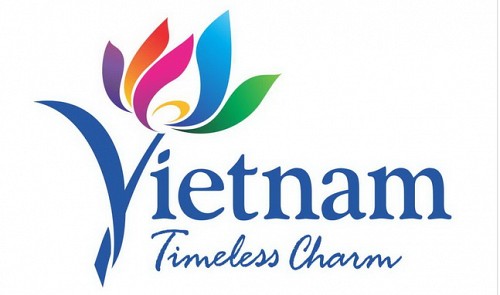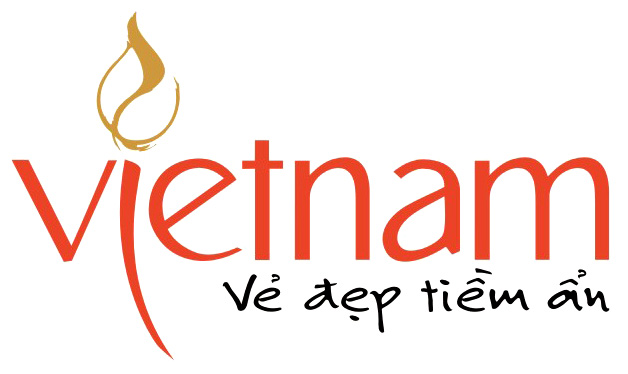A PHP Error was encountered
Severity: Notice
Message: Trying to get property of non-object
Filename: layout/header.php
Line Number: 250
A PHP Error was encountered
Severity: Notice
Message: Trying to get property of non-object
Filename: layout/header.php
Line Number: 251
A PHP Error was encountered
Severity: Notice
Message: Trying to get property of non-object
Filename: layout/header.php
Line Number: 256
A PHP Error was encountered
Severity: Notice
Message: Trying to get property of non-object
Filename: layout/header.php
Line Number: 259
A PHP Error was encountered
Severity: Notice
Message: Trying to get property of non-object
Filename: layout/header.php
Line Number: 262
You can learn a lot by simply visiting historical attractions, but you'll learn a lot more by taking some time to try and put yourself in the shoes of the people who actually live there. ! The 99-kan Grand hanok houses (traditional Korean houses with spaces between the two pillars) are the perfect place to explore the life of a yangban family, Joseon aristocracy. At the time, this was the largest household that could be built outside the royal palaces, limited to extremely wealthy people. Let's follow this family to see how the ordinary day of the Joseon nobility takes place!
7:00 - Morning stroll around the yard

Walk in front of sarangchae (areas for men only)
For the yangban family, the day begins with the arrival of the sun. Adults in the house will take a walk in the garden every morning to calm down when the day comes. The person may take hours walking around to look at the trees or simply walking along the stone walls. The rest of the family will watch and wait, try to guess and analyze the person's mood based on the length of the walk or facial expressions.
11:00 - The question arises: "Has study begun?"


Scholar (pictured above), and small openings to look from the back garden to the garden main room (below)
All yangban men are scholars and their mornings are often devoted to study. The goal of all yangban men is to pass the country's exams, which means they have to read a lot if they want to pass their peers. However, as the old people said, It is boring to work but not play, so sometimes they will take a short break to receive guests. Because of the extreme separation between men and women of the Joseon Dynasty, women in the family will use small holes in the walls to see who has visited and prepared accordingly. The small viewing holes are constructed in such a way that one on the anchae (female only zones) allows a 45-degree viewing angle through two openings on the sarangchae.
13:00 - Lunch time

The creation of a yangban table at Simbuja Bapsang (Source: Gyeongbuk) Nadeuri)
The reason being stated that if your house is one of the largest in the country, the table you eat will be so big. Each meal is packed with nutrients to provide a healthy diet, including standard rice, soup and kimchi, with five to nine different side dishes anywhere. Not only that, the yangban family is known to eat five meals a day! Simbuja Bapsang in Cheongsong is a place that still serves typical yangban meals.
16:00 - Relaxing in the afternoon


Drinking tea at the Cheongwondang house (picture above & left), tuho nori game (right picture)
After a productive morning, the yangban family can relax in the afternoon. Men often play baduk or janggi, a Korean flag game. Women will play tuho nori (throwing arrows) to exercise, or participate in more artistic activities such as needlework or writing poetry. Today, many historic houses are open to the public, providing the opportunity to experience various activities popular with the yangban family at the time. These include everything from active participation like playing traditional games or beating rice cakes, to watching traditional events like weddings or performing music.
19:00 - Good night!

Anchae (quarters for women only)
At the end of the day, family members send evening greetings to the elders before returning to their private rooms for private time. At this time, the men can study more or read for entertainment. If they are ready for something more positive, they will sneak up to their wife's room at the anchae to spend the evening together.
Some historic houses are allowed to spend the night in traditional rooms. Most houses are located in mountainous areas of the countryside. Away from the hustle and bustle of cities, you will be able to enjoy a peaceful evening like the yangban families of the time. You can even admire the stars that fill the night sky if you leave the warm room, using your ondol heating system.
More information
Songso traditional house
Address: February 15, Songsogotaek-gil, Cheongsong-gun, Gyeongsangbuk-do (경상북도 청송군 파천면 송 소고 택길 15-2)
Getting there: Take a taxi for about 5 minutes or take a bus from Cheongsong Intercity Bus Station for about 35 minutes
Stay: Check in 14:00 / Check out 12:00 * Opening time: 09: 00-18: 00
Room price (1 night): 50,000 ~ 200,000 won
* Price varies according to number of guests and length of stay; Refer to the website for details
* Bathrooms are located in a separate building
Program: Pounding tteok (rice cake), traditional wedding experience, tea ceremony, apple picking, etc.
* Availability varies by season; Please contact in advance
Contact: + 82-54-874-6556 (Korean)
Website: songso.modoo.at (Korean)
Cheongwondang House (Tea ceremony & accommodation)
Address: 3, Songsogotaek-gil, Cheongsong-gun, Gyeongsangbuk-do (경상북도 청송군 파천면 송 소고 택길 3)
Getting there: Take a taxi for about 5 minutes or take a bus from Cheongsong Intercity Bus Station for about 35 minutes
Opening time: Based on the reservation system, please contact in advance
Fees: Accommodation 200,000 won (4-person room) / Tea ceremony 20,000 won (1 adult)
Program: Accommodation (one group per stay), traditional tea ceremony, etc.
Contact: + 82-10-3530-6119 (Korean)
Website: chungwondang.modoo.at (Korean)
Simbuja Bapsang
Address: 39, Deokcheon-gil, Cheongsong-gun, Gyeongsangbuk-do (경상북도 청송군 파천면 덕천 길 39)
Getting there: Take a taxi for about 5 minutes or take a bus from Cheongsong Intercity Bus Station for about 35 minutes
Opening hours: 08: 00-20: 00
Cost: Set of Simbuja (9-course meal) 9,000 won
* The dishes may vary according to the season
Contact: + 82-54-874-6555 (Korean)
1330 Korea Travel Hotline: + 82-2-1330 (Korean, English, Japanese, Chinese, Russian, Vietnamese, Thai, Malay)
- After the Covid-19 epidemic, Japan urgently stimulated domestic tourism, offering a voucher worth 190 USD
- 10 countries will open their doors to international tourists in June
- Despite Covid-19, Greece is open to tourists from 29 countries
- Legacy Yen Tu- An impressive tourist destination for your vacation
- What to eat when only one day in Hue?























